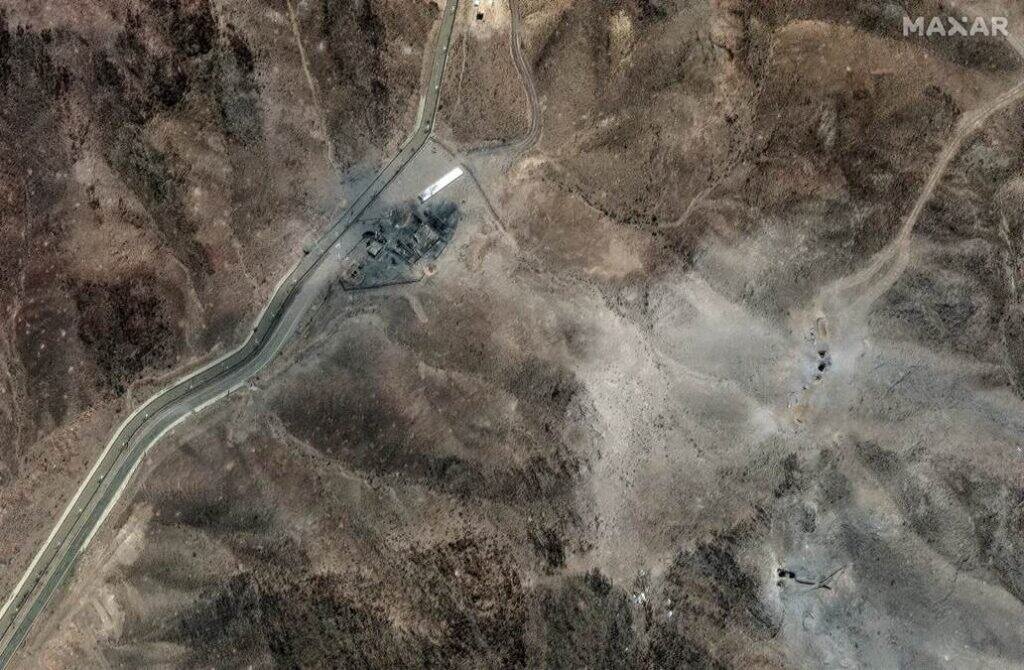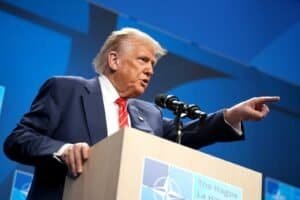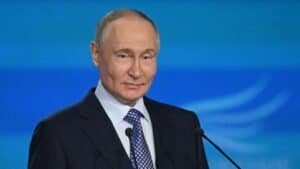Statements by International Atomic Energy Agency (IAEA) Director Rafael Grossi support an earlier assessment from the U.S. Defense Intelligence Agency (DIA), suggesting that American airstrikes on key Iranian nuclear sites have not irreversibly damaged Tehran’s capabilities.
According to Grossi, Iran could resume uranium enrichment “within months”, challenging President Donald Trump’s repeated declarations that Iran’s nuclear ambitions were effectively destroyed.
The assessment, first reported by CNN, indicates that the U.S. strikes may have only delayed Iran’s nuclear program temporarily, without neutralizing its core infrastructure or long-term capabilities.
🇮🇷 Iran’s Nuclear Infrastructure: Damaged, But Not Destroyed
The recent 12-day conflict between Israel and Iran escalated sharply earlier this month when Israel launched an unprecedented strike, which it claimed was designed to prevent Iran from developing a nuclear weapon. Iran has consistently stated that its nuclear program is peaceful and focused on energy.
Following that escalation, the United States targeted three major Iranian nuclear facilities before a ceasefire was reached. Since then, experts and military analysts have fiercely debated the actual damage caused.
While U.S. defense officials have revealed some new details about the planning of the strikes, they have not provided any new evidence proving their effectiveness in dismantling Iran’s nuclear capabilities.
🛰️ Trump vs. Intelligence: Who’s Right?
Despite the lack of conclusive assessments, President Trump has repeatedly claimed that the U.S. “completely and totally destroyed” Iran’s nuclear program. However, after classified briefings this week, Republican lawmakers acknowledged that the strikes likely did not eliminate all of Iran’s enriched nuclear material – though they argued that was never the mission’s goal.
A report by The Washington Post revealed that U.S. intelligence had intercepted internal Iranian communications, in which senior officials admitted the strikes were “not as devastating” as expected.

🎙️ Grossi: “They could be back in business soon”
Speaking on CBS’s Face the Nation, IAEA Director General Rafael Grossi issued a clear warning:
“This ‘sledgehammer’ approach to weapons of mass destruction is not a good idea.”
He elaborated:
“The capabilities they had are still there. Within a few months — or maybe even less — they could have centrifuge cascades running again, enriching uranium.”
Grossi emphasized that although serious damage was inflicted, the core infrastructure and technical capabilities are not gone.
“Iran still has the industrial and technological know-how. If they want to restart the process, they can.”
🔍 IAEA: Still No Clear Answers from Iran
Grossi said the IAEA has faced pressure to declare whether Iran was building a nuclear bomb but has resisted drawing definitive conclusions. However, he pointed out that key questions remain unanswered:
“We found traces of enriched uranium in sites that were not declared as nuclear facilities. For years, we’ve asked: why did we find those traces at location X, Y, or Z? And we still haven’t received credible answers.”
He also confirmed that IAEA’s ability to inspect Iranian facilities has been severely reduced since the strikes and the shift in Iran’s political posture.
🚫 Iran Moves to Limit Oversight and Withdraw from Treaty
In the wake of the conflict, Iran has taken steps to restrict international oversight. Its parliament passed a law banning cooperation with the UN’s IAEA, and Foreign Minister Abbas Araghchi has warned that Iran might reconsider its membership in the Non-Proliferation Treaty (NPT) — a major international agreement preventing nuclear weapon development.
There are also concerns that Iran may have relocated a portion of its enriched uranium stockpile before the airstrikes. While Trump denies this, Grossi stated:
“It’s logical to assume that when they announce protective measures, it could include relocating material. But we don’t know where it went — or if some of it was struck during the 12-day campaign.”
📌 Conclusion: Iran’s Program Is Bruised, Not Broken
The nuclear crisis is far from over. While the U.S. inflicted damage, Iran’s technological foundation remains intact, and the lack of full transparency raises global risks of escalation.
Grossi’s message was clear: Iran’s nuclear ambitions are not dead. The countdown to reactivation may have already started.



